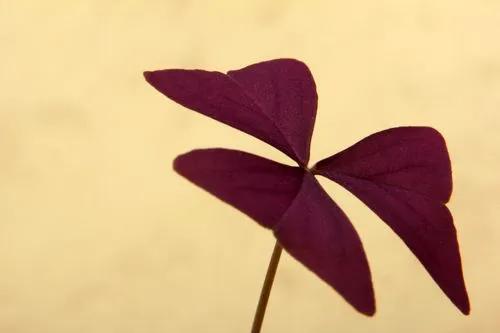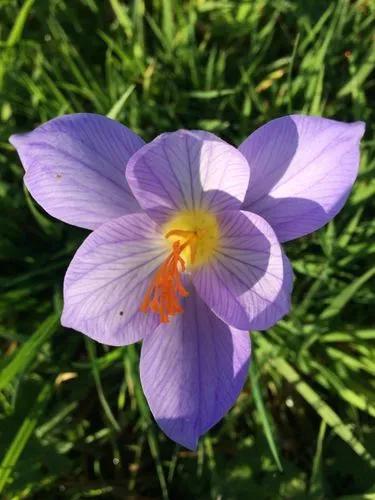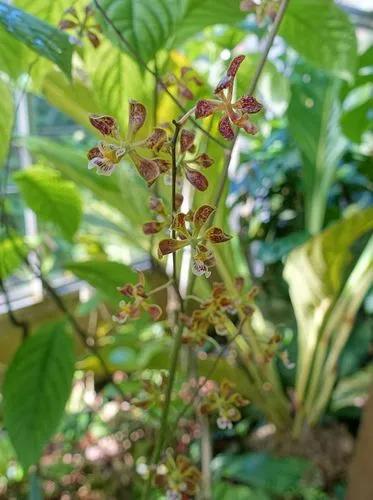Physocarpus opulifolius, known as common ninebark, Eastern ninebark, Atlantic ninebark, or simply ninebark, is a species of flowering plant in the rose family Rosaceae, native to eastern North America.
Ninebark Care
Physocarpus opulifolius



Physocarpus opulifolius, commonly called ninebark, is an upright, spreading, somewhat coarse, deciduous, Missouri-native shrub which is closely related to genus Spiraea. Grows 5-9’ tall (less frequently to 10’). Noted for its exfoliating bark (on mature branches) which peels in strips to reveal several layers of reddish to light brown inner bark (hence the common name of ninebark). Bark provides winter interest, but is usually hidden by the foliage during the growing season. Features small pink or white, five-petaled flowers appearing in dense, flat, rounded, 1-2” diameter, spirea-like clusters (corymbs) in late spring. Flowers give way to drooping clusters of reddish fruit (inflated seed capsules). Ovate to rounded, usually 3-5 lobed leaves (to 4” long) are dull green in summer changing to an undistinguished yellow in fall.
How to Care for the Plant

Water

Ninebark will grow in both dry and wet locations. Its water requirements are generally low, but it will handle poor drainage and occasional flooding if necessary. Once established, ninebark is a very good drought-tolerant shrub for dry areas.

Fertilizer

Spring is the best time to lightly fertilize a ninebark shrub with compost and organic plant food designed for shrubs and trees. This single annual feeding is all that is required. Apply the fertilizer into the soil starting a few inches away from its trunk and out to where its branches end.

Sunlight

Plant ninebark in a location that receives full sun to partial shade, but be aware that it will flower best in full sun. In the northern part of its growing range, the shrub prefers around six hours of direct light each day, but the farther south it grows, the more it appreciates some afternoon shade.

Soil

The shrub can grow in either alkaline or acidic soil, which it prefers to be well-draining. Mulch can help to retain moisture and hold down weeds. As its native habitat includes stream banks, hillsides, and damp thickets, ninebark tolerates clay and loam soil, as well as shallow and rocky soil.

Temperature

The plant is considered hardy in the areas with the lowest winter temperatures between -50°F and -40°F or -45.6°C and -40°C.

Popularity

2,198 people already have this plant 289 people have added this plant to their wishlists
Discover more plants with the list below
Popular articles






